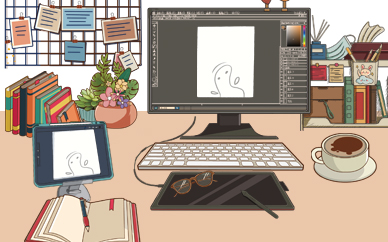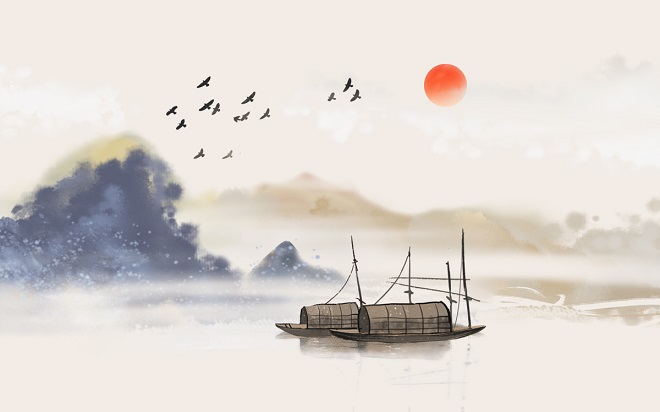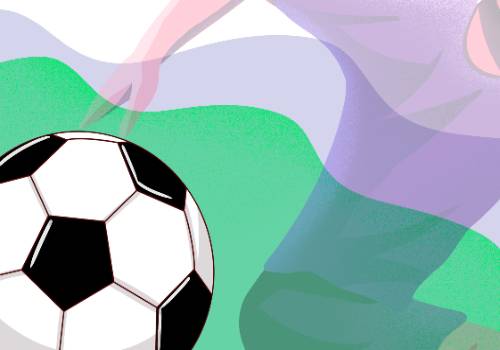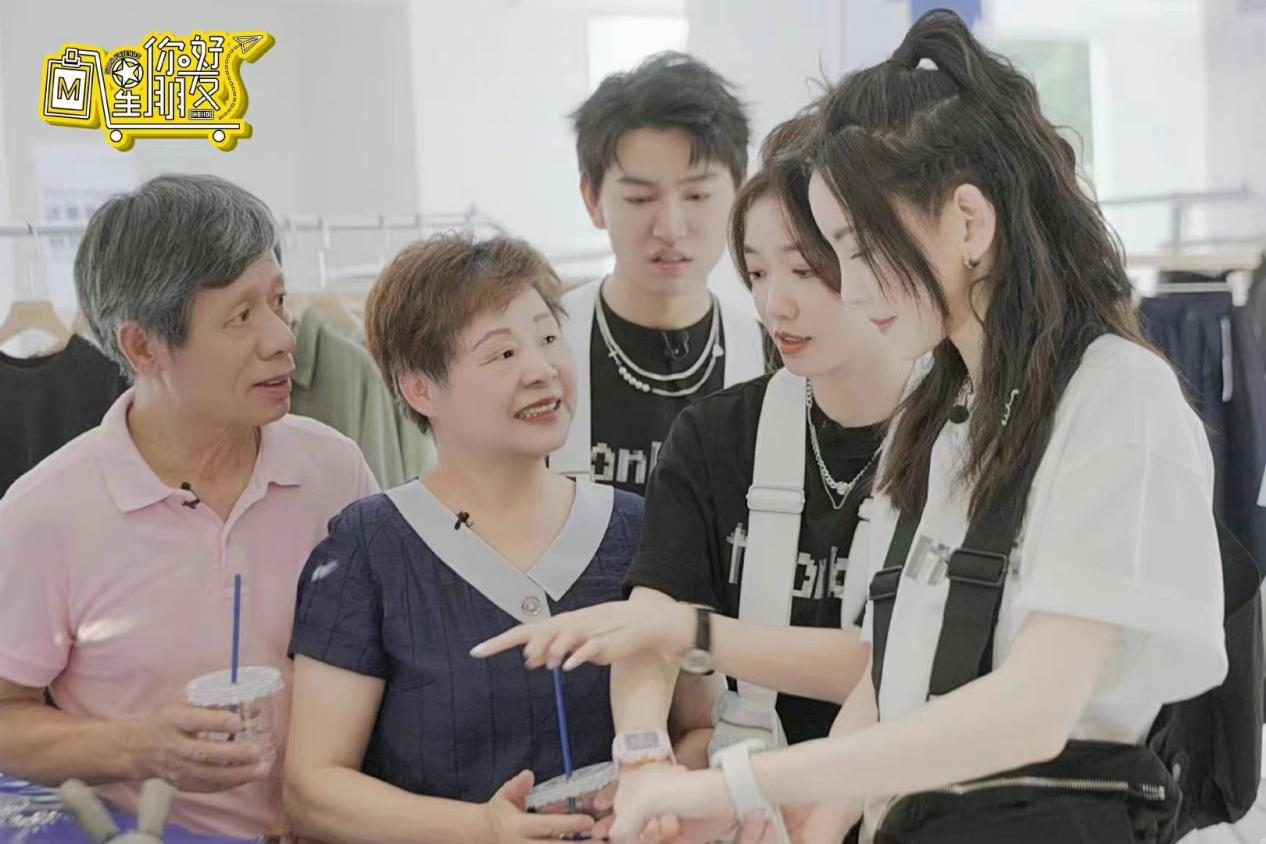Prop maker reveals the wonder of science to an appreciative audience, Yang Feiyue reports.
Ning Yuan"s workshop in Beijing is one of those places that should have a warning sign above the door: Beware all who enter as the hidden child in you may enjoy themselves.
 (资料图)
(资料图)
It is an alternate world filled with delicate and polychromatic models, ranging from a crab more than a meter long that is perched on a worktable, to a snowy owl with big, innocent eyes standing on a cabinet top, and the mouth and skin of a human body presented in an exaggeratedly enlarged form.
They were handmade by Ning and his crew and magnified multiple times from the original sizes to better show details for educational purposes.
The man in his 30s showed himself online in a loose garment with a pair of theatrically big glasses. The look has added to his vivid and fun explanation of rigid and obscure science knowledge online, where he has attracted more than 13 million followers, including 9 million fans on the short-video sharing platform Douyin.
"When I decided to do science popularization, I thought people would like it, but I didn"t expect it to be so popular," says Ning, who is known as Model Maker Lao Yuan"er in the virtual world.
Since he started the online job in 2020, Ning has posted more than 200 videos and displayed over 1,000 models of various shapes and sizes as props. His topics are close to hot issues.
When the time came for the much sought-after crayfish to hit the market in April, Ning and his crew made a big model and presented lesser-known science about the creature, including how it discharges its waste through the face. It also revealed how one should remove its parotid gland among other things to prepare it through a detailed anatomy walk-through of its internal organs.
"The model was so real, and the interpretation was easy to understand," comments Xi Yexie, one of his followers. "He actually gave me a craving for the crayfish."
New perspectives toward phenomena often taken for granted will be acquired through Ning"s other popular videos, such as why human hair can be naturally curly, how pitcher plants catch prey and how mosquitoes bite people.
He fashioned a mosquito which was magnified hundreds of times and embedded with an empty syringe in its abdomen. The syringe was then connected to a liquid-filled tube through a duct. When the piston is pulled, the liquid enters the abdomen, simulating the process of mosquitoes sucking blood.
His fans left complimentary messages for Ning exposing their children to the charm of science.
"It"s nice to pique children"s curiosity and provide them with a new perspective on the world through this approach," Ning says. "I"m looking forward to continuing to accompany children"s growth with interesting science popularization content."
While his fans affectionately called Ning a magic model master, he considers himself a popular science model designer.
"Every time I introduce myself, if I say I am doing popular science, it does not reflect my work; if I say I am a model designer, it has nothing to do with popular science," Ning says.
"I just tell others that I am a science model designer."
Ning has loved handiwork since his childhood, when he spent a lot of time with his grandparents. His grandfather was an engineer who loved to tinker with things at home where small knives, electric drills and hand drills were lying around and readily available.
"I was impressed when he remodeled a three-wheeled motorcycle for my grandmother who had trouble moving around," he recalls.
It had many features that were not common at the time.
"You pull a lever, a rain cover will rise over your head, and you press a button, the basket in the front will be lowered," Ning says, adding that he could still relive the excitement.
"I was just a little boy back then, and all I could think was this was so cool."
This deeply influenced him and predisposed him to a habit of hands-on work. "It didn"t take long before I tried to use tools and materials to make things I liked," he says.
He enjoyed tinkering with models like his grandfather did, carving seals, making wooden frames in his spare time after school. He also learned from his grandfather about things such as the internal structure and working principles of mechanical pencils.
In 2005, Ning got to study advertising art design at the Communication University of China in Beijing.
An internship at China Central Television in 2009 led him to a career in TV programming after graduation, where he was given the stage to work on visual presentation of popular science, from making popular science models to writing scientific explanatory content for the programs, and later appearing on camera as a presenter.
"At that time, few people paid attention to visual presentation in the field of popular science," Ning says. "I like to integrate various knowledge I have learned, and models are a good carrier for this."
He spent approximately 10 years at the TV program, and became increasingly good at playing various creative roles in the production.
In 2019 when he turned 30, the spirit of seeking a change in his life and better committing himself to his passion of making models saw him quit his job and start up his own science popularization short-video business.
His wife Geng Zhao was supportive and jumped on board.
Ning describes the initial phase of his own cause hectic. "My wife and I were both working around the clock," he says.
His wife hadn"t quit her job yet, so Ning would make models during the day, and then shot videos with her when she finished work.
"We worked from 8 am until three or four in the next morning for two months straight," he says, adding that one of the reasons he started to wear dramatic glasses was to hide his exhaustion.
It takes Ning usually one to two weeks to finish a video, while years of expertise has enabled him to finish most of the models in two days. The most crucial step in the creative process is the conversion of knowledge into accessible language.
"We have to think and be stringent every step of the way," he says.
Ning and his team members have to consult a large number of scientific journals, such as Science and Nature, to make sure their delivery is accurate.
"We integrate references from those journals and our own observations (of the subjects in question) to create our videos," he explains.
So far, Ning has still kept some of his childhood qualities. He is used to observing things around him, such as various materials of which things are made.
"When he stumbled upon a piece of torn cloth from a roadside billboard, he studied the texture on it," says Geng.
"When the studio was undergoing renovation, he chatted with the construction staff and asked them about the materials they used and the differences between cements."
They are all sources of inspirations for him to make creative content for his audience.
Speaking about his expectation for his own work, Ning says he wants his audience to feel the joy of knowledge from life, which is seemingly familiar but turns out to be a public blind spot.
"My goal is to make videos that are understandable for children and interesting for adults," he says.
His fans are also evolving and have been leaving messages that include interesting scientific questions, which have in turn enriched Ning"s production.
At the moment, Ning is planning to stage an exhibition in Beijing this summer. "I"ll present a lot of obscure knowledge in a visual way, making it readable, tangible and lively."
Source: China Daily
Editor: Zhu Ziqian
Senior Editor: Pang Bo

































































































